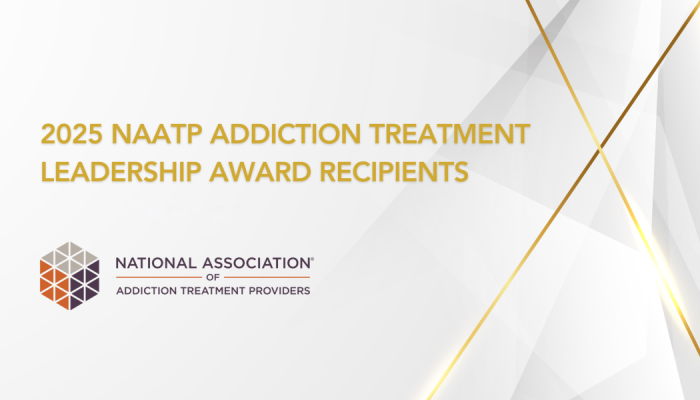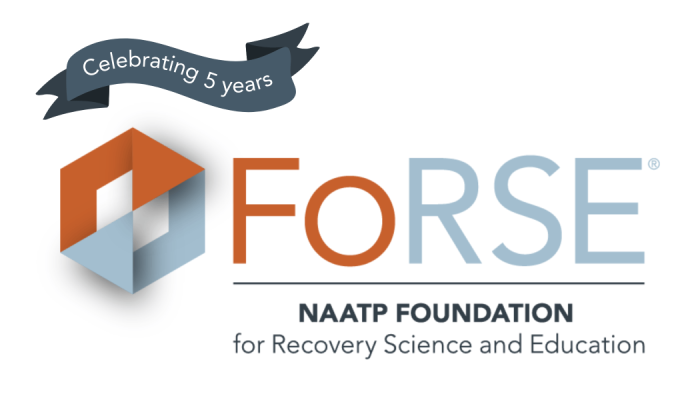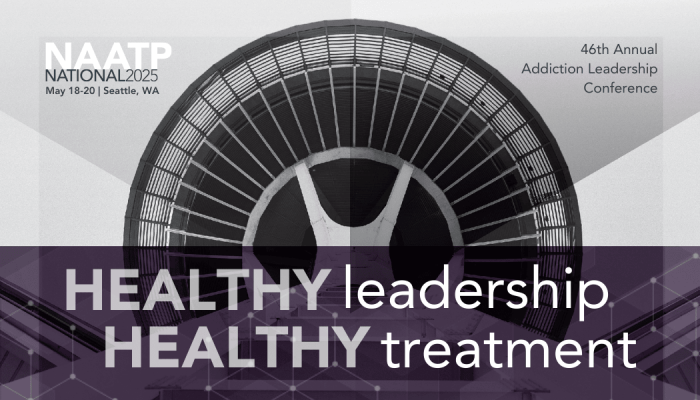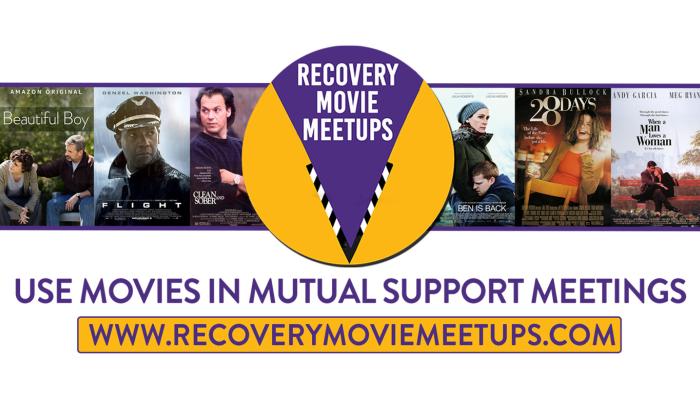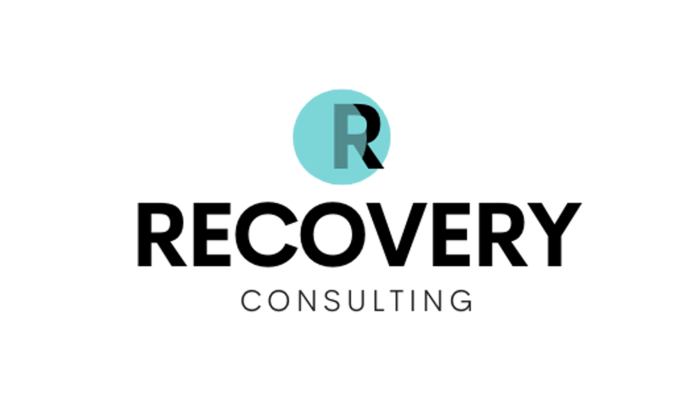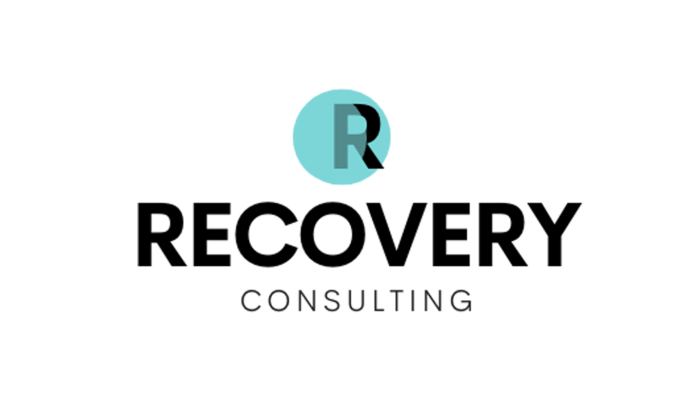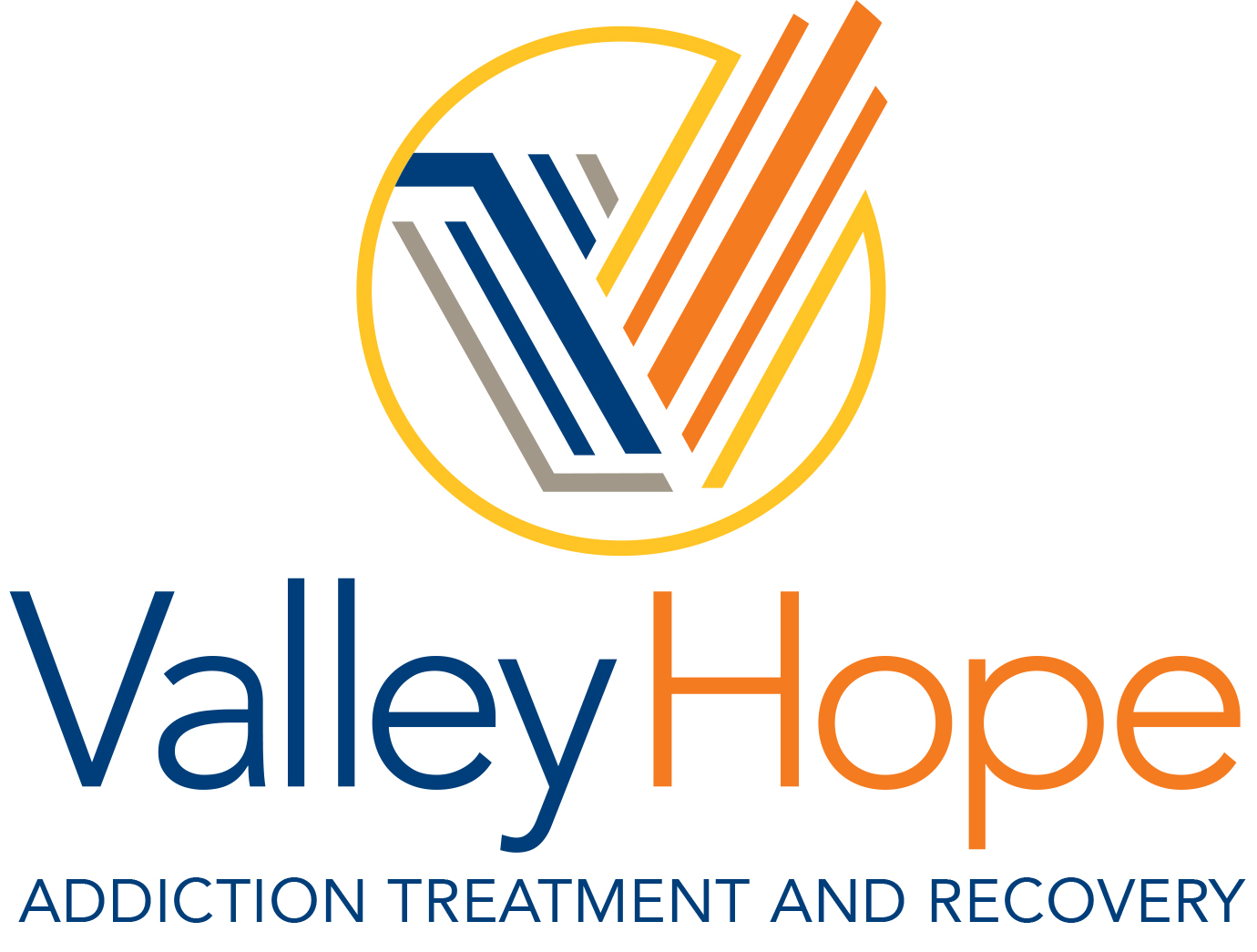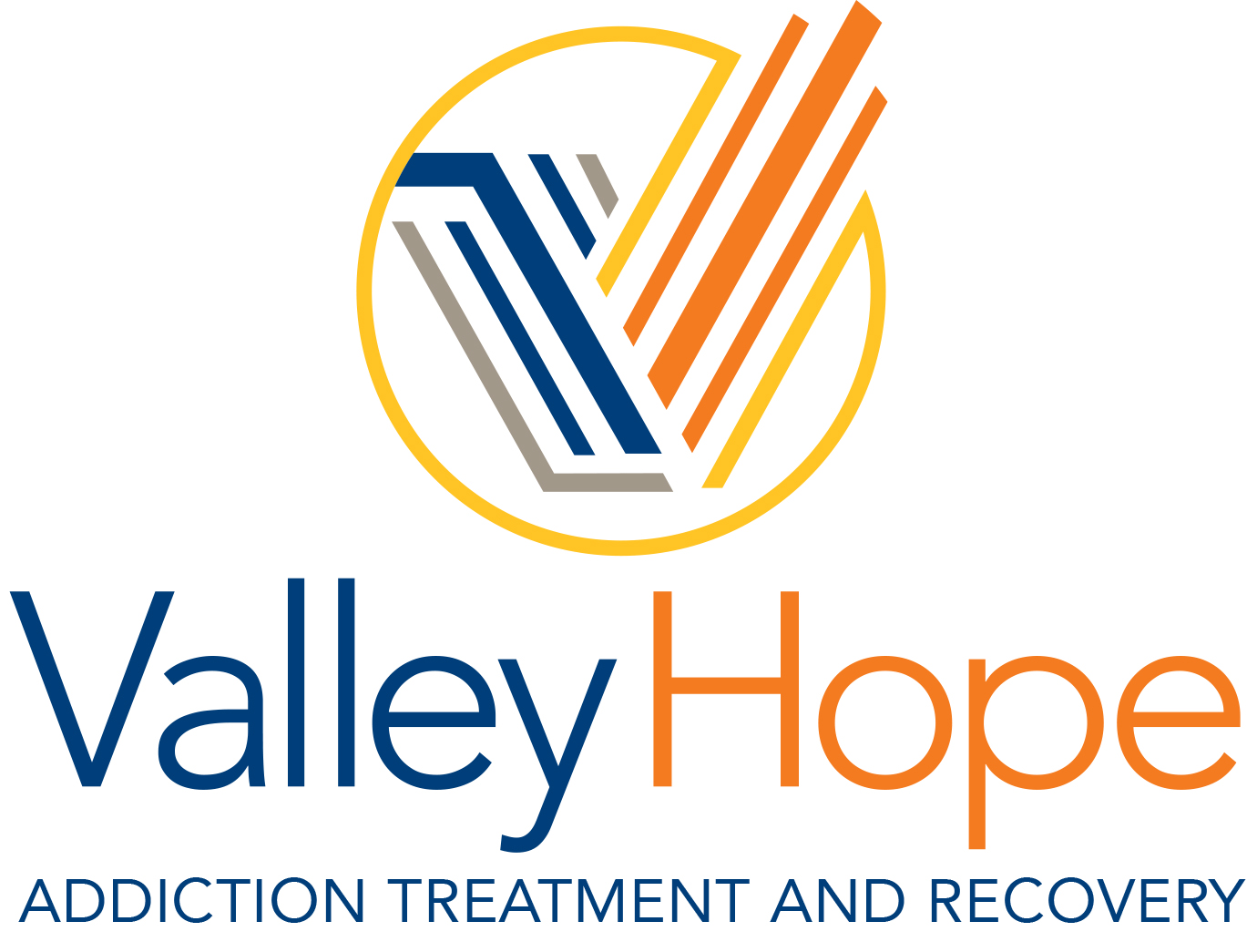Jul 11, 2023
As an organization, National Association of Addiction Treatment Providers (NAATP) recognizes the challenges that are facing our members on a day to day basis; one of the most common challenges that we hear is “we need more staff”; because of this, the workforce committee was formed.
The NAATP Workforce Committee is dedicated to the recruitment, retention, and development of a qualified workforce in the addiction treatment industry. The committee focuses on identifying best practices for creating an effective and sustainable workforce, while also providing guidance on professional development opportunities and resources available to staff.
One of our first objectives is to increase engagement with our members. We do this by becoming a resource and an ally in navigating the post-pandemic hiring landscape; this allows us to assist with very common hiring struggles. For those who are struggling in this regard, our workforce committee has assembled five do’s and don’ts for hiring in the behavioral health field.
The Do’s and Don’ts of Hiring for Behavioral Health
When it comes to hiring individuals for behavioral health, there are certainly best practices and worst practices. Best practices are imperative; by doing this, you can put yourself and your company in the best position possible for bringing in new people. In a general sense, these could all be condensed in 5 do’s and 5 don’ts.
The 5 Do’s of Hiring for Behavioral Health
The 5 “Do’s” of hiring for behavioral health include the following:
- Utilize virtual career fairs for applicant engagements
- Extend the runway for current staff
- Incentivize your current staff
- Stay in touch with all potential applicants
- Meet the needs of new hires on a personal basis
Why are Virtual Career Fairs Important for Potential Hires?
Virtual career fairs are becoming more and more prevalent since the pandemic. As many are aware, these career fairs are an effective and convenient way for potential hires in the behavioral health industry to meet employers, learn about their current openings, and get a taste of the company culture.
Virtual career fairs help provide an arena for potential employers to showcase their open positions. Not only that, but it’s also a good way to build relationships in environments outside of face-to-face interaction. This helps those looking for jobs in the behavioral health field feel a bit more comfortable about their job search. In addition to this, virtual career fairs provide access to resources such as resume advice and interview preparation tips tailored specifically for the behavioral health industry.
How Do I Extend the Runway for My Current Staff? Why Does it Matter?
When we talk about extending the runway for current employees, we don’t mean you should build an actual runway (surprise, surprise). We’re obviously speaking metaphorically, but what do we mean, you might ask? How do we do this when we feel as though we’re exhausting every opportunity? All we are trying to get at is creating opportunities for employees to grow and enjoy working for you in the process.
One way to extend the runway of opportunity for employees is to offer ongoing training and professional development. Investing in the skills and knowledge of your staff can help them become more productive and efficient; it can also help them stay up-to-date with the latest trends in their field. Consider offering classes or workshops that are tailored to individual career paths and interests. You could also provide access to online learning platforms and other resources.
How Do I Incentivize My Current Staff?
Incentivizing your current staff is an important part of keeping morale high and productivity up. There are several ways you can incentivize your staff, depending on the size and structure of your organization.
Some creative ways to incentivize your staff may include things as simple as compensation for gas. The amount of money people spend on basic necessities like gas is something that may seem superfluous, but to those who are actually spending that money, it can be a burden. At the end of the day, it’s not about offering compensation - it’s about your employees feeling provided for. The more it seems that you put them and their needs first, the more they’ll be motivated to go above and beyond in workplace performance.
In the same vein as this is healthcare strategy. There’s no question that affordable healthcare is an ongoing issue in the lives of many in the United States. Regardless of what a person believes about affordable care, one truth remains: healthcare is a necessity. As previously mentioned, meeting employees needs is what will attract potential hires and retain those who have been there for years.
One more potential incentive for current employees is a four-day work week. Oftentimes, people within organizations, behavioral health or not, feel fatigued from a five-day work week. There’s a whole lot of work to do in 40 hours, but with that comes serious implications on a person’s mental well-being. Limiting to a four-day work week may be what gets your employees enough time to breathe and recharge.
How Do I Meet the Needs of New Hires on a Personal Basis?
Meeting the needs of new hires on a personal basis is an important part of successful onboarding. Personalizing the onboarding experience gives employees a feeling that their employer cares about them and is invested in their success. Some ways to do this may be to get to know them personally. Asking them what their personal and professional goals are would go a long way. It also helps build trust between the employer and employee which can lead to greater job satisfaction and higher retention rates. Ensure that hiring managers know the expectation of creating a warm welcome – touching base with the new employee BEFORE their first day, making sure they know where to park, if there is coffee or a water fountain on-site or should they bring it, who they ask for when they arrive, make sure their workspace is set up and ready to go, having a welcome card from the team waiting for them, etc. etc. All of those human touches go a long way to create a positive impression.
Stay in Touch With All Potential Applicants
Staying in touch with potential applicants is an important part of the hiring process. Additionally, staying connected with potential applicants helps to keep them engaged in the process and create positive relationships that may come in handy should they be offered the position or if they need to apply again in the future.
It also shows potential applicants that their time and efforts have been appreciated, which can go a long way in building loyalty and creating brand advocates for your company. This will make it easier for employers to attract top talent in the future when there is a new opening.
The 5 Don’ts of Hiring for Behavioral Health
The 5 “Don’ts” of hiring for behavioral health include the following:
- Reactive hiring
- Limiting the talent pool by setting unrealistic expectations
- Ignoring the reason that there is a vacant position
- Unnecessary hiring
- Poor management
Reactive Hiring
Hiring people as needs arise has its merits, but it most definitely has its drawbacks. Once an immediate, short-term need has arisen, it’s easy to go into panic mode. This is when executives tend to have a bit of a knee-jerk reaction. It’s not necessarily inherently bad, but the better approach comes proactively rather than reactionarily. However, if your company is in a position where reactionary hiring is a regular occurrence, it may be beneficial to set up a budget for reactionary spending.
The Dangers of Limiting the Talent Pool With Unrealistic Expectations
Limiting the talent pool for the "ideal" candidate can have serious consequences for business success. Without a diverse range of perspectives, organizations may struggle to develop innovative solutions or take advantage of new opportunities. Additionally, when organizations limit their search for top talent, they run the risk of overlooking creative and qualified individuals who could make an invaluable contribution to the team.
Moreover, a lack of diversity can create a hostile working environment for those who are excluded from consideration. Employees may feel as though their skills and perspectives do not matter, leading to reduced morale and decreased productivity.
What Does Company Culture Have to Do With My Organization’s Vacancy?
No amount of hiring new talent can repair a bad organizational culture. Hiring more people into an organization with negative or toxic cultural dynamics will only serve to perpetuate the existing problem rather than provide a solution. A better approach is for organizations to actively prioritize and focus on building a healthy culture from the ground up.
Only by encouraging employees to be open and honest in their communication, recognizing contributions, and holding people accountable for results while providing support to achieve those results will improve the company culture; knowing when to step in and when to stand back can also create a culture that enables the team to tackle difficult challenges.
How Will Unnecessary Hiring Impact My Current Staff?
It’s not rocket science; unnecessary hiring will lead to overstaffing which can drive up labor costs and cause inefficiencies in the workplace. When there are more people than needed, it can create an environment of competition and animosity, leading to decreased morale among the existing team members. They may feel their work is not valued or that they are being replaced by new hires.
Additionally, they may be given less responsibility or even overlooked for advancement opportunities, reducing their motivation and job satisfaction. Unnecessary hiring can also lead to increased management costs in terms of added payroll expenses, benefits, and training costs. This can create a difficult financial situation for the organization if not properly managed.
How Do I Know if Management is Poor in My Company?
In order to determine whether or not your company is suffering from poor management, there are a few key indicators that you should be aware of. First, consider whether your company’s leadership team is effectively setting and meeting goals. Poorly managed companies often have difficulty setting long-term objectives or struggle to execute their plans in order to meet their goals. This can lead to confusion and lack of direction, resulting in a disorganized and inefficient workplace.
Another indicator of poor management is how employees are treated. If there is little respect given to employees, with no recognition for good work or effort, then it’s likely that the company's leadership team does not value its employees. This can cause a negative work environment and hurt morale, leading to decreased productivity and an overall decrease in the quality of work.
How Can NAATP Help Demolish Workplace Barriers?
The NAATP workforce committee serves as a voice for employers in advocating for better wages, benefits, and opportunities for addiction treatment professionals. By working together with member organizations and partners, NAATP is committed to advancing addiction treatment practice, research, and policy. These members work together to provide a network of support and resources for those struggling with substance use disorders.
The committee also works to ensure that the industry remains competitive by providing access to cutting-edge technology. Not only that, but they also provide access to accurate information on hiring trends, salary details, and job opportunities.
What to Keep in Mind When Hiring for Behavioral Health
It is important to look for candidates with the right skills and qualifications. You should also consider the type of training they have received, their understanding of mental health disorders, and any related experience they may have. It is also important to look for candidates who have a compassionate and non-judgmental attitude toward those with mental health issues.
You should also take the time to assess how well each candidate communicates, both verbally and in writing. Good communication skills are essential for any behavioral health position, as these professionals must be able to effectively communicate with clients and other members of the healthcare team.
If you found any of these do’s and don'ts helpful or would like to find out more about the issues facing our workforce committee, please reach out to James or Kristin to find out more.
Contributors:
James Witteck
Pronouns: he, him, his
Senior Partner, Licensing & Accreditation
Wellbrook Consulting
Kristin M. Hamblock, MBA SHRM-SCP
Pronouns: she, her, hers
Senior Vice President of Human Resources
Rosecrance Health Network




